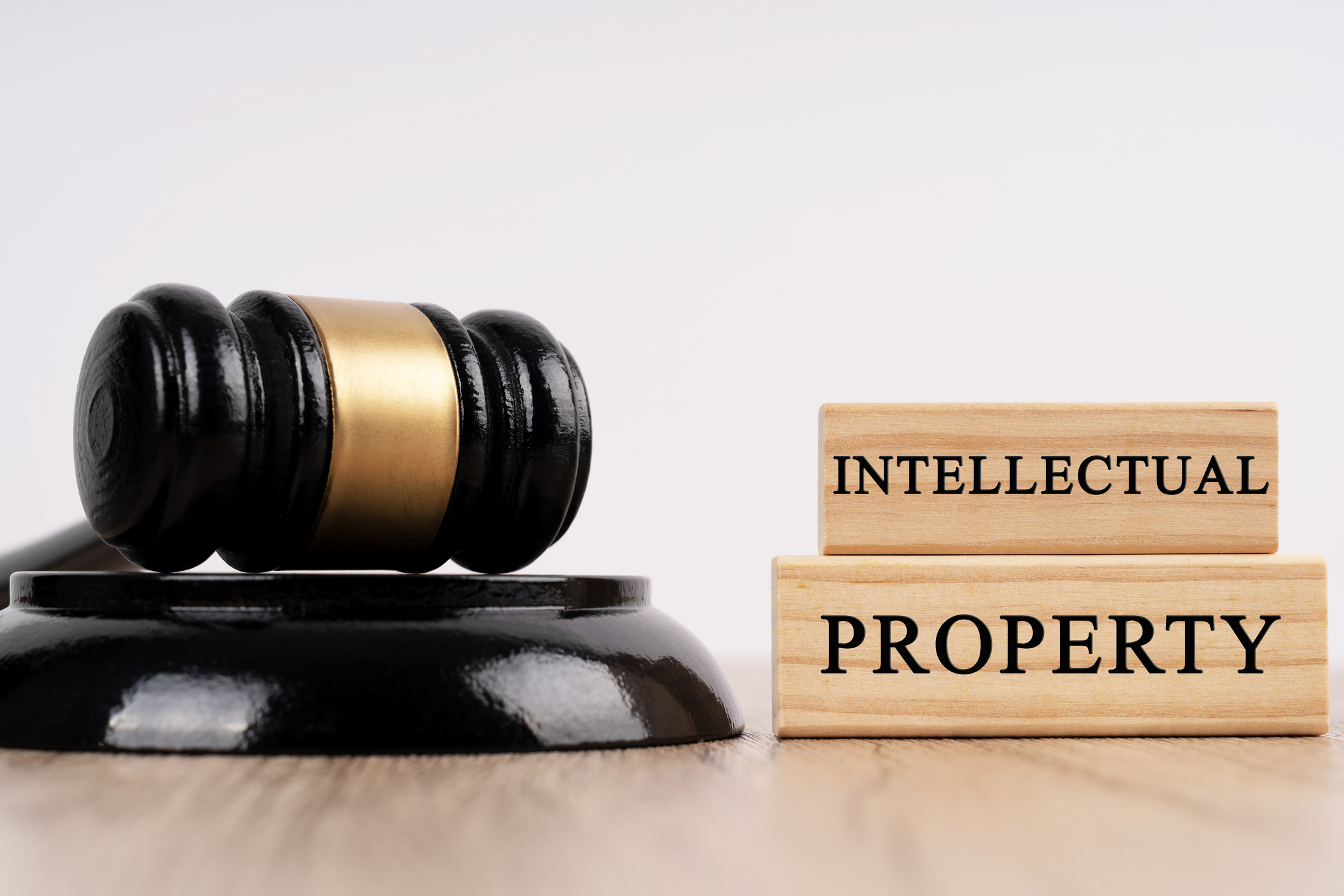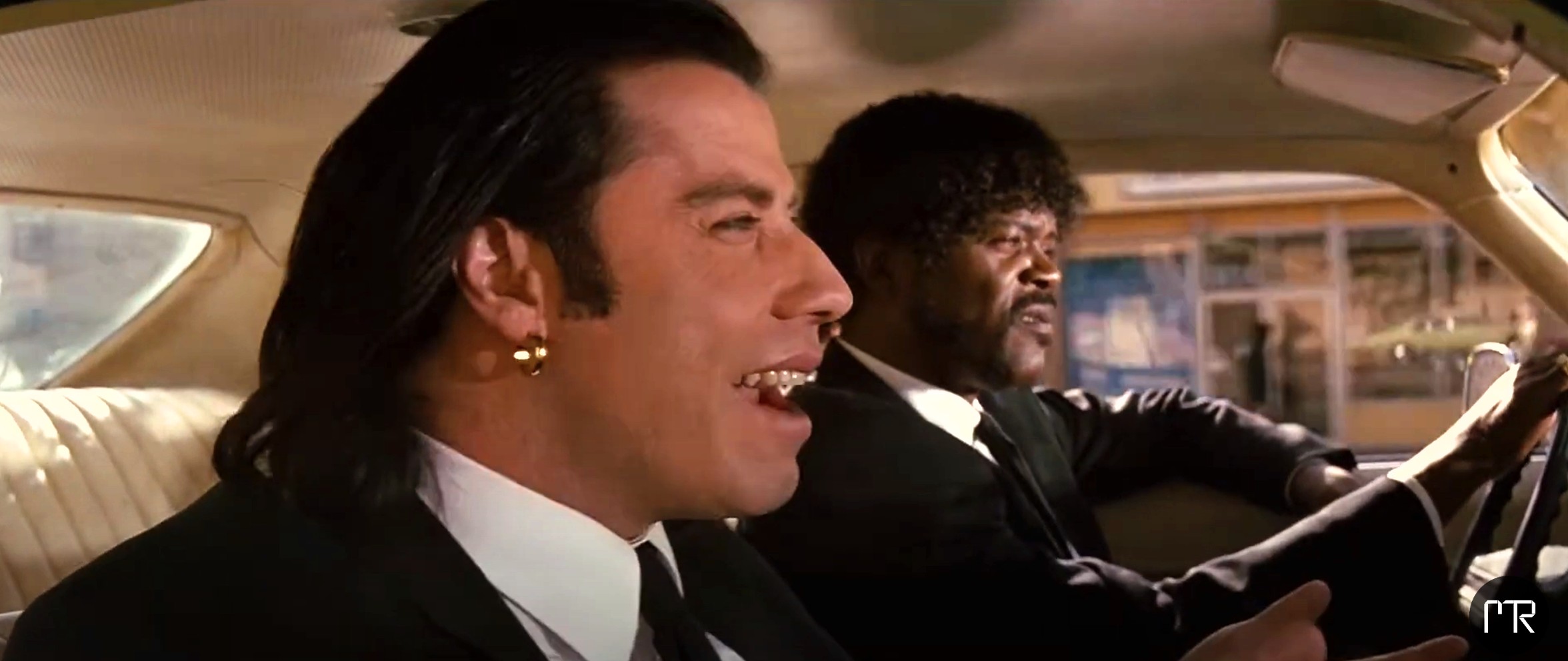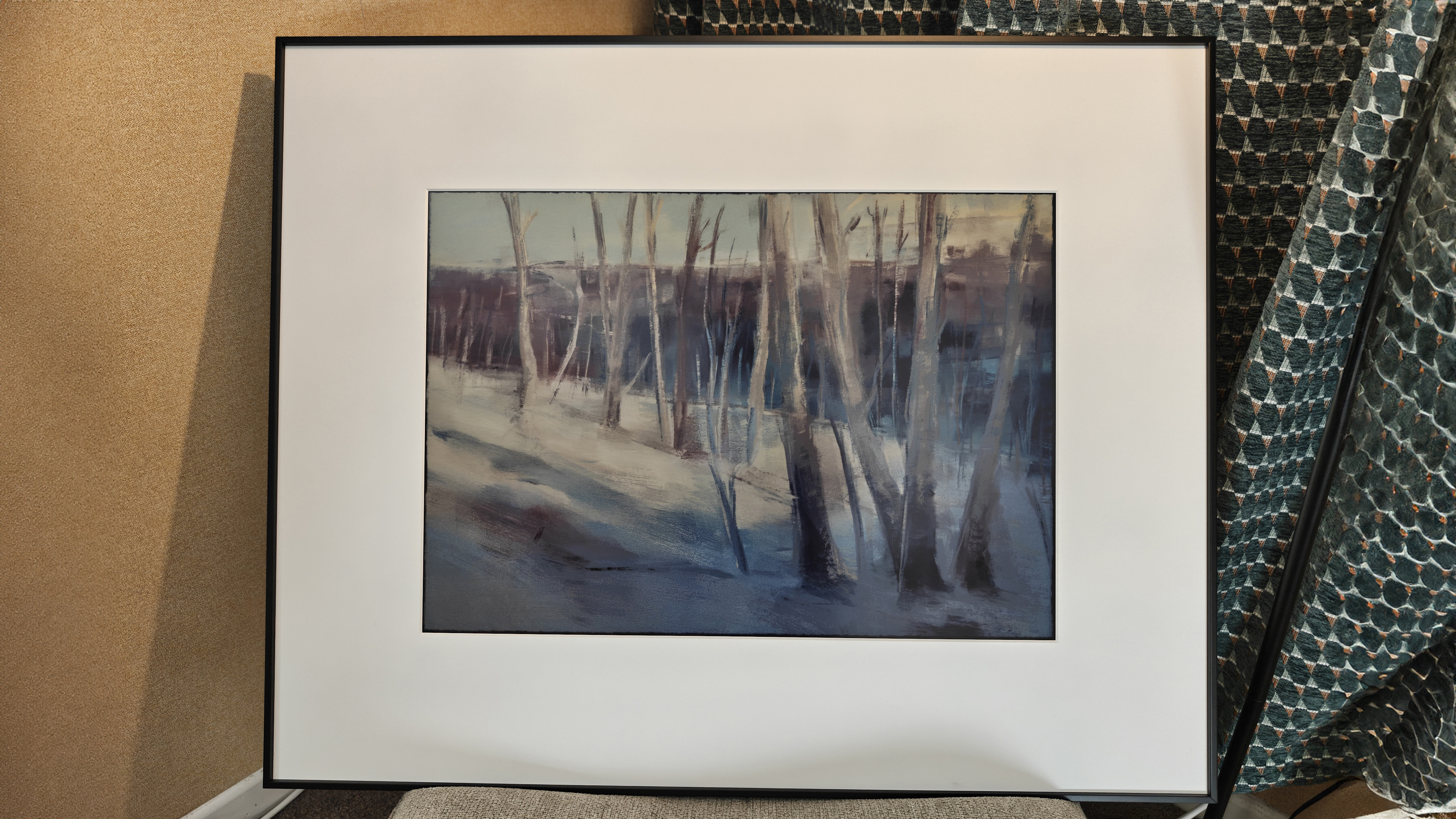What happened when my IP was stolen: A personal saga

Let me be blunt: Getting ripped off is never fun. But for most people this means funky charges on your credit card, or coming home to find your TV missing. As lousy as those situations are, society has some fairly efficient ways to deal with them. We call the cops.
But if you own a good deal of what we call “Intellectual Property”, or IP for short, protecting it is neither easy, nor expedient (especially in the age of AI scraping our content, though this isn't what this story is about). This is something I have come to learn the hard way. But before I share my own sordid mess, it’s a good idea to first understand the problems we face as creatives.
What’s an IP?
The term IP can cover a wide range of items. What it generally doesn’t include are actual hold-in-your-hands items or products. Let’s start with the definition from the Oxford Dictionary:
“A work or invention that is the result of creativity, such as a manuscript or a design, to which one has rights and for which one may apply for a patent, copyright, trademark, etc.”
In the creative realms we rely on the “copyright” to protect our works. Patents are designed for “inventions”, and Trademarks are both names and visual iconography used to identify a company or brand. We will only be discussing the Copyright for creative works here.
It’s like that scene from Pulp Fiction
If you are still a bit confused, I don’t blame you. Remember that scene in Pulp Fiction discussing what’s legal in Amsterdam? Here’s an example of copyright that sounds a lot like that:
Let’s say someone starts selling a CD to the public. Of course the CD has some stuff on it, that’s what people are actually buying. But while it is legal to sell a CD, it is not legal to sell the content on that CD if the person selling that CD doesn’t own the IP on that material.
Daily design news, reviews, how-tos and more, as picked by the editors.
Further, even if they own the content, if they use images on the CD’s inserts that do not belong to them, that is also IP theft, and illegal.

Wait, there’s more! Even if they kinda-sorta created any or all of that, if it was predominantly derivative, then they still could have committed a copyright infringement. This last one is always the most difficult to prove, as we are seeing in the recent wave of artificial intelligent lawsuits stemming from the AI developers “scraping” the web.
A false sense of security
Here in the US, but the story is similar in many countries, we have had new and updated “Copyright Acts” going back to the 1700’s. Some of the more recent ones protect the original creator for a “period 95 years after publication, or the life of the author plus 70 years”.
Not only that, but as many of us learned back in art school, all of our creative work is, in essence, automatically protected from the moment it is created (especially that in our treasured design portfolios). Or, so our naïveté allows us to believe.
It is woefully impractical to copyright everything we create.
In reality, such protections are better viewed as theoretical, rather than actual. In real life we must first somehow “immortalize” the creation and ownership of our work. The two most significant ways that’s is done include:
The Poor Man’s Copyright: This is a technique that harkens back to the days when nobility would dribble wax on an envelope and press their seal into it. Thus the recipient knows it had not been tampered with. Similarly, creatives have been snail-mailing themselves sealed copies of their own work for decades. The postal stamp confirming the date of creation. In theory the same could be done today using any third-party email service, such as Gmail, with attached files. The value of this process is limited.
Filing with the Copyright Office: The only true way to protect one’s IP is to file your work upon creation with your country’s copyright office. Alas, this is not free. So while it might make sense to go through the effort and expense for property you have and may continue to make money from, it is woefully impractical to do this with everything we create. And the rub is that with online portfolios and promotions, it is far too easy for anyone to have access to most of our creations.
My own recent journey
I preface my own story with the above because I think it’s a good reminder as to how vulnerable we all are. I found that out myself in the last couple of years working, with of all things, an old friend who I had every reason to trust.
This friend, who is also a creative, and a reasonably successful one at that, had wanted to work with me for decades. He would pitch this project and that. Most, for whatever reason, I would politely decline. But then one day he approached me with a project that I fell in love with, so I agreed and began work.
After working on this project for close to a year, it was ready to bring to market and reach out to publishers and distributors. When out of nowhere, he decided that he didn’t want the project to be released. What? Huh? I was blindsided. And it gets worse.
With friends like these...
When pressed, he finally admitted to me that he didn’t actually own the project outright. He had told me he did. And that he had not gotten permission from the other owner, nor even contact them about our work.
It gets worse. It also turned out that this “old friend” had already released some poor quality demo version of this project onto many major selling platforms across the web (without notifying the other owner). So I had been not working on an original project, but instead essentially a remake.
In finding all of this out, I was searching the web for other infractions and sure enough found that some years before he had released a number of CDs of his, and other people’s works without permission, and used my artwork and designs as packaging! This was done without my permission, without any compensation, and of course without my knowledge.
It’s situations like this that make one recall the old expression, “With friends like these…”
Making a Federal case
Not having any interest in paying for anything he had either contracted me to produce, or even anything he had stolen, this went to court. And while I filed this in our state’s Supreme Court, due to the copyright elements of the case, it was actually moved to the Federal Court system, which oversees copyrights.
The case has languished in court going on two years.
Let me share that as mentioned, it is impractical to pay to copyright every item we create. Fortunately, we still retain some additional protections if we file a copyright with the US Copyright Office swiftly upon discovering any infringements. So I did that.
As I write this, the case is still languishing in the terribly backed up courts. As it has for what will soon be two years.
Clearly the best of stories have a beginning, middle and end. My apologies to the readers, this does not have an ending. Yet.
The Wild West
I share all this with you as a foreboding of what can happen. Even when you do things mostly right. Theft is theft. And as many home security experts will tell home owners, there is only so much we can do. “If someone truly wants to get into you home, there’s ultimately no way to stop them.”
The same is true with our intellectual property, and enforcement. This is especially with some of the Internet’s largest companies. For example, the cases against the Internet Archive, who freely shares content on their website. And while it is not directly for profit, tell that to the creatives whose work is being given away without their permission.
Clearly our content was safer from theft before the internet.
Taken further, Google has long infringed upon the rights of creatives. For years with their Google Books service that reproduces protected property. And their latest infractions: The AI search results that simply pull large swaths of content from websites and provide it in their search results. This not only steals content, but it also circumvents surfers from going to the actual sites that created that content, to attract viewers in the first place.
Welcome to the wild west. Content was so much safer when it lived in a portfolio binder, in our studios.
Adobe has set out its plan for AI and copyrights in 2025 – see it here.

Lance Evans is creative director of Graphlink Media (graphlink.com), a boutique creative marketing agency in NYC, with clients like Olive Garden, Miller Beer and AMEX. Lance recently launched "OPEN STUDIO | NY", a YouTube channel looking at production techniques for advertising and publishing shops. Visit it at youtube.com/@OpenStudioNY
